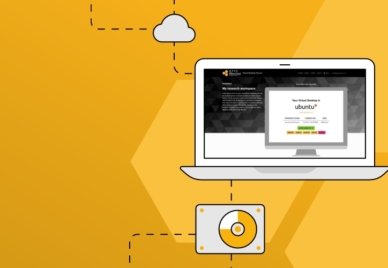ARDC Virtual Desktop Service

To carry out your research, you may need extra computational capabilities. Powered by the ARDC Nectar Research Cloud, the Virtual Desktop Service gives you an extra personal computer in the cloud. You can leave it running uninterrupted for up to 14 days and, if needed, renew it for further 14-day periods.
The Virtual Desktop Service was developed by the ARDC to support and accelerate research. Anyone can log in and create a Virtual Desktop with their university or institutional account via the Australian Access Federation (AAF).
Check this tutorial on how to use the Virtual Desktop Service
There are currently 6 desktops to choose from:
- Ubuntu 20.04
- Ubuntu 22.04
- Centos 7
- Fedora Scientific
- Neurodesktop (provided by the AEDAPT)
- GeoDesktop.
More desktops will become available as we work with our users and partner organisations to determine what’s needed.
A Virtual Desktop comes with 4 virtual CPUs and 8 GB of RAM by default. Users will have the option to increase resources if the default is not sufficient for their computing needs. This can be done using the boost function, which doubles the desktop size to 8 virtual CPUs and 16 GB of RAM.
A single 50 GB volume will be included for the operating system and working storage. Files can be transferred to your desktop by dragging and dropping them into the desktop interface.
You can also download and install whatever software you like onto your Virtual Desktop.
Once you have created a Virtual Desktop, it will be available for an initial 14 days. After that, the desktop will be automatically shelved to free CPU and memory resources. After a further 30 days in a shelved state, the desktop will be deleted. You will receive email reminders at each stage of the expiry procedure, and you will have the option of extending the life of your desktop by 14 days at a time.
Boosted Virtual Desktops expire after 7 days and can be extended 7 days at a time. When a boost expires, the desktop reverts to the standard size.
These expiry procedures are designed to reclaim resources used by desktops that are under-utilised or are no longer being used.
The Virtual Desktop Service is powered by the ARDC Nectar Research Cloud, a national research cloud that is available at no cost to eligible Australian researchers. Learn more about what you can do with Nectar and how to use it.
Contact the ARDC
Subscribe to the
ARDC Connect Newsletter





